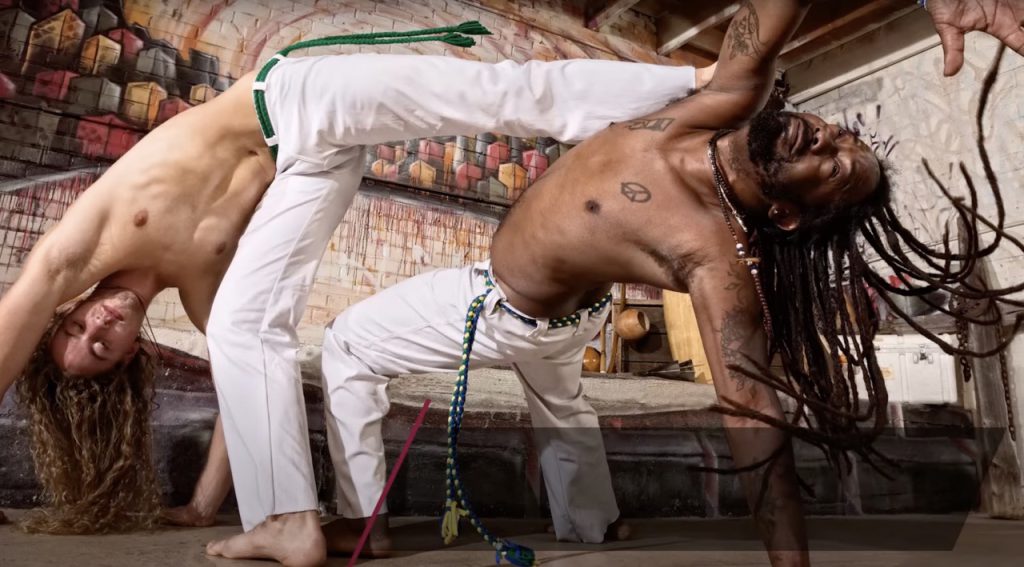Longevity, influence and the social media trap: Who do we trust with our health?
In a world where six-pack abs are flaunted more than six-point health plans, who are we really trusting […]

Brazil’s most iconic celebration, Carnival, has captured people’s hearts worldwide. Its vibrant parades, colourful costumes, and infectious samba rhythms have inspired similar festivities in many countries, spreading the spirit of joy and celebration. Dating back to the early 18th century, it is traditionally held before Lent, usually in late February or early March. The most renowned celebration takes place in Rio de Janeiro, where samba schools – community groups that represent specific neighbourhoods – compete in a grand parade at the Sambadrome. However, unique versions of the festival are celebrated across the country, each reflecting regional traditions and cultures.
The captivating martial art of Capoeira has transcended borders and captured people’s fascination everywhere. Its unique blend of dance, acrobatics, and self-defence has inspired practitioners and enthusiasts worldwide, showcasing the beauty of Brazilian culture and physicality. It is characterised by agile and complex movements, including kicks and acrobatic flips, all performed to the rhythm of traditional music played on instruments like the berimbau, pandeiro, and atabaque. Capoeira was recognised by UNESCO as an Intangible Cultural Heritage of Humanity in 2014, highlighting its importance as a cultural expression for social integration and the fight against racial discrimination.
The smooth sounds of bossa nova have enchanted music lovers across the globe. Originating in Brazil in the late 1950s, this genre combines gentle melodies and poetic lyrics, creating a soothing and soulful musical experience. It emerged from a fusion of samba and jazz, presenting a more relaxed, sophisticated sound often associated with the Brazilian middle and upper classes. The genre’s most prominent figures include Antonio Carlos Jobim, João Gilberto, and Astrud Gilberto, known for classics like “The Girl from Ipanema” and “Desafinado”. Bossa nova’s influence can be heard in the works of renowned artists worldwide and remains a symbol of Brazilian culture.
Brazilian Jiu-Jitsu, a martial art focused on grappling and ground fighting, has gained immense popularity and global recognition. Introduced to Brazil by Mitsuyo Maeda, a Japanese Judo expert, the Gracie family, especially Carlos and Helio Gracie, adapted and refined these techniques, creating their unique style. This martial art has revolutionised combat sports and self-defence techniques, with practitioners and competitions attracting participants from all corners of the world.
The Brazilian “churrasco”, a traditional barbecue-style feast, involving large cuts of meat – often beef – roasted on skewers over an open flame, has become a worldwide culinary tradition. The succulent grilled meats, accompanied by various side dishes, create a mouthwatering experience that has been adopted and celebrated in many countries, enticing taste buds and bringing people together.
These five Brazilian traditions have transcended borders, capturing the imaginations and hearts of people across the globe. They embody the rich cultural heritage and the vibrant spirit of Brazil.
Thank you for joining us in exploring Brazilian traditions that have become popular worldwide. Embrace Brazil’s joy, rhythm, and flavours no matter where you are.

In a world where six-pack abs are flaunted more than six-point health plans, who are we really trusting […]

In the era of social media, post-COVID, and with mental health at the forefront, a shift is taking […]